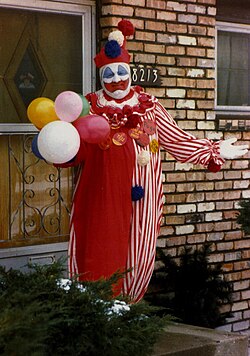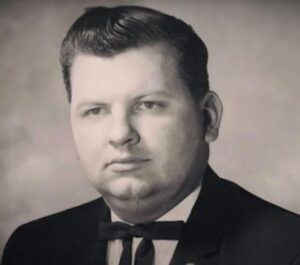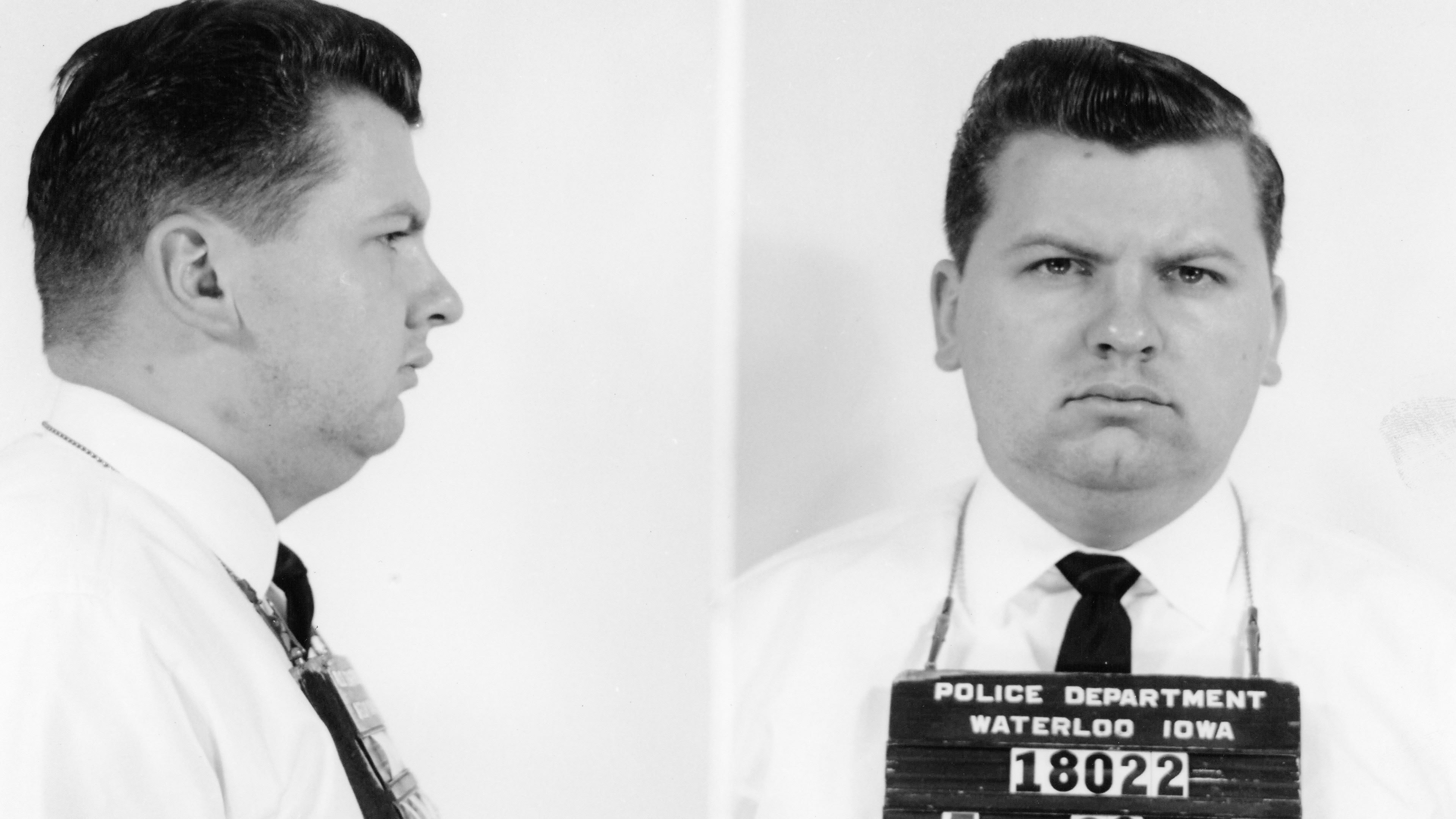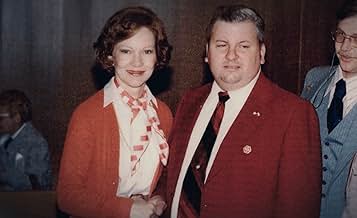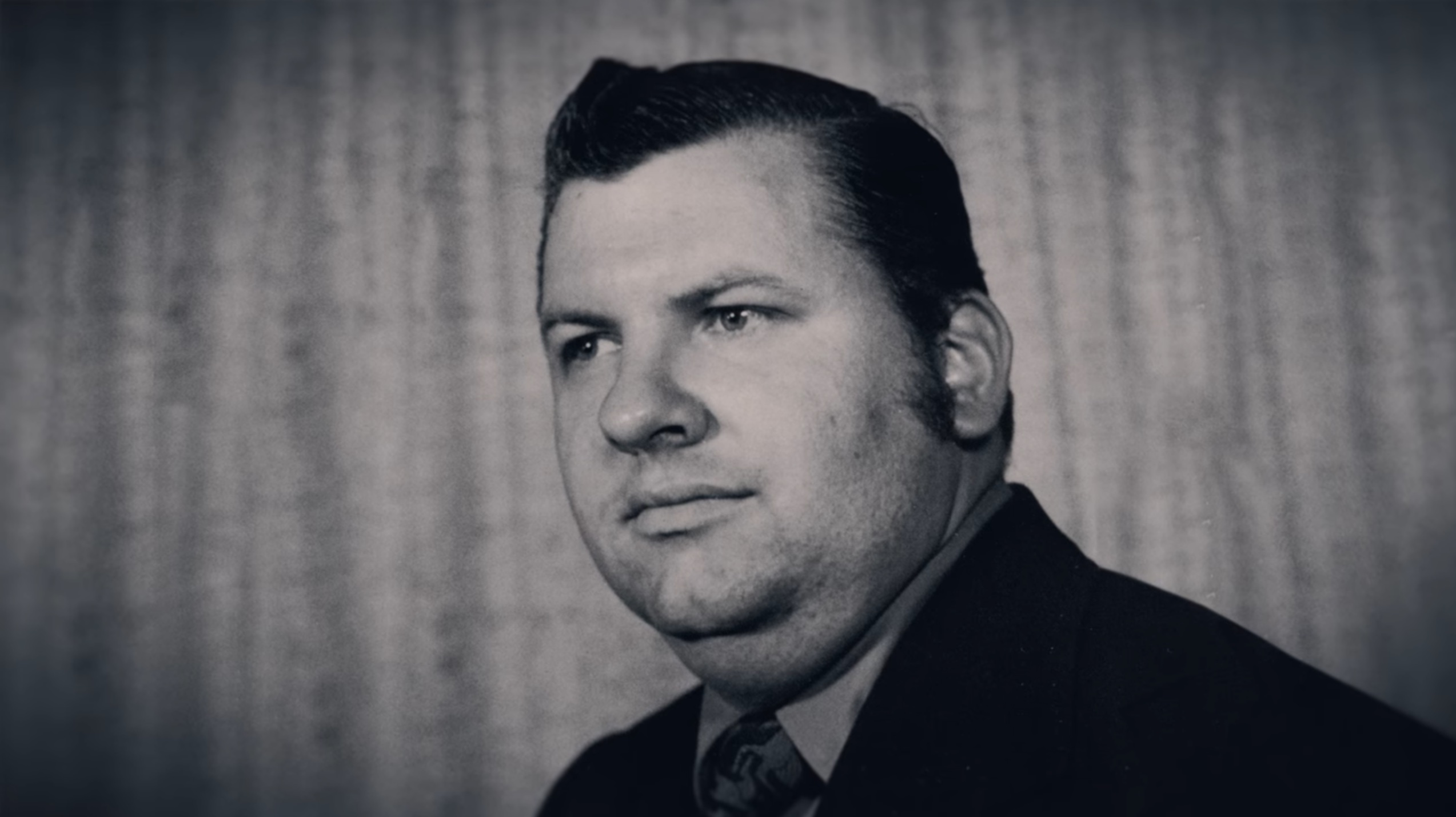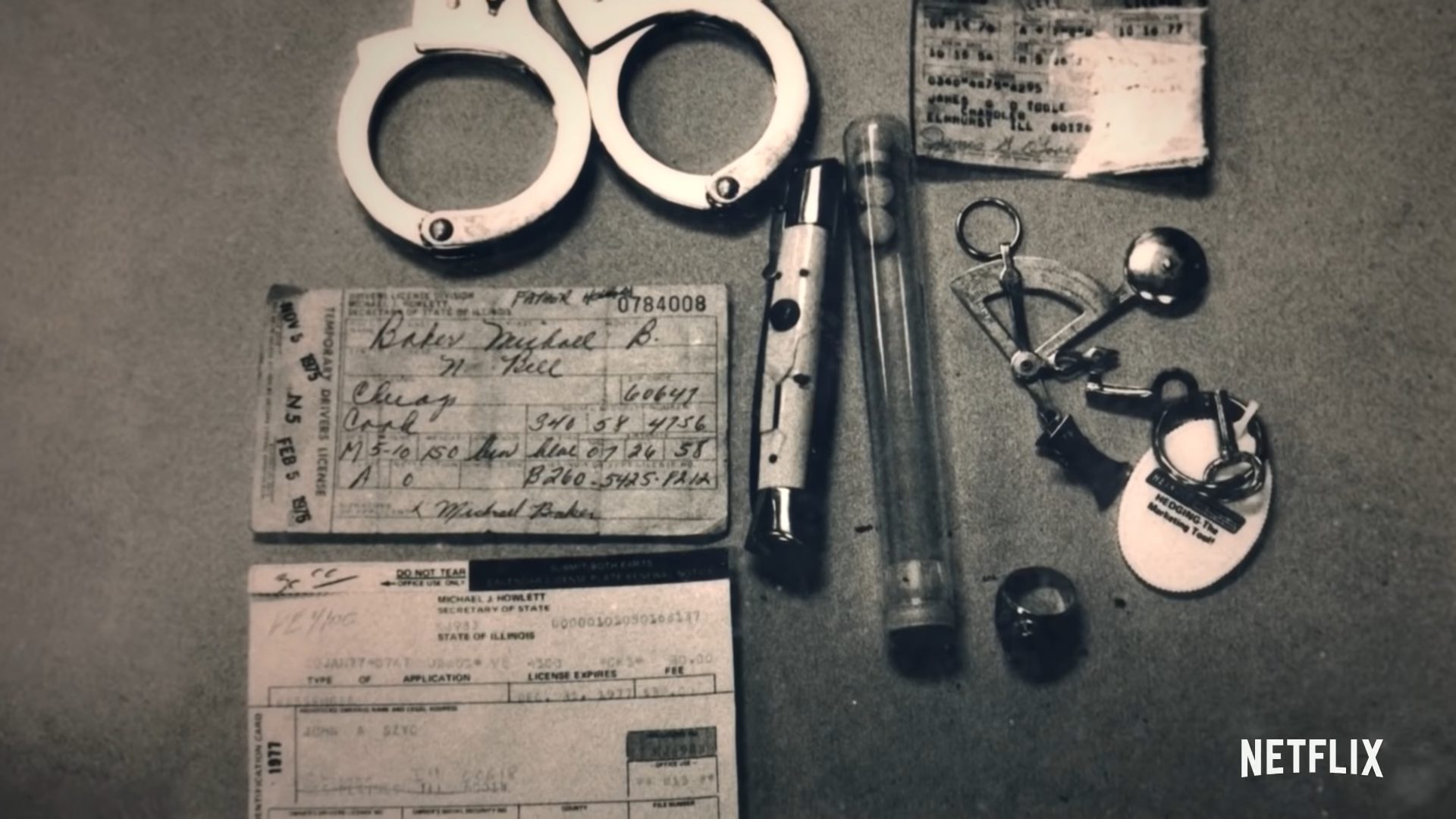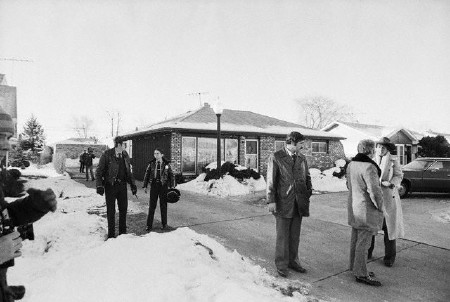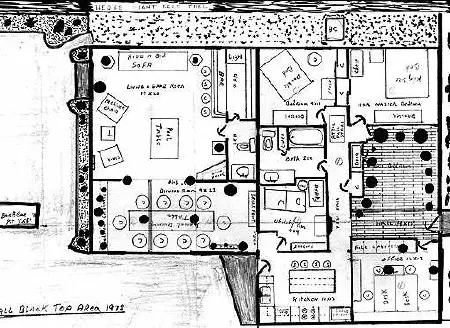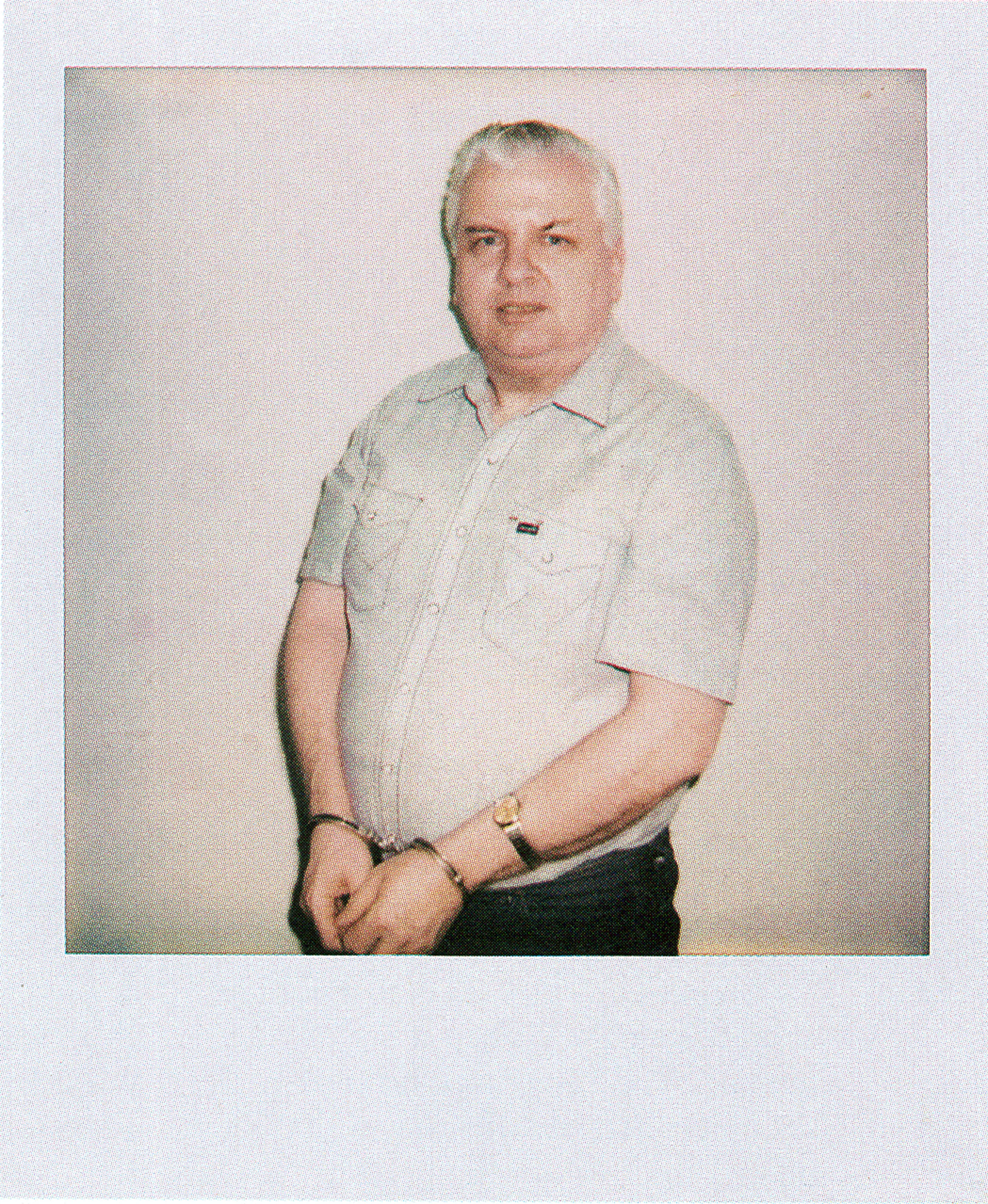The Killer Clown: John Wayne Gacy's Serial Killing Double Life
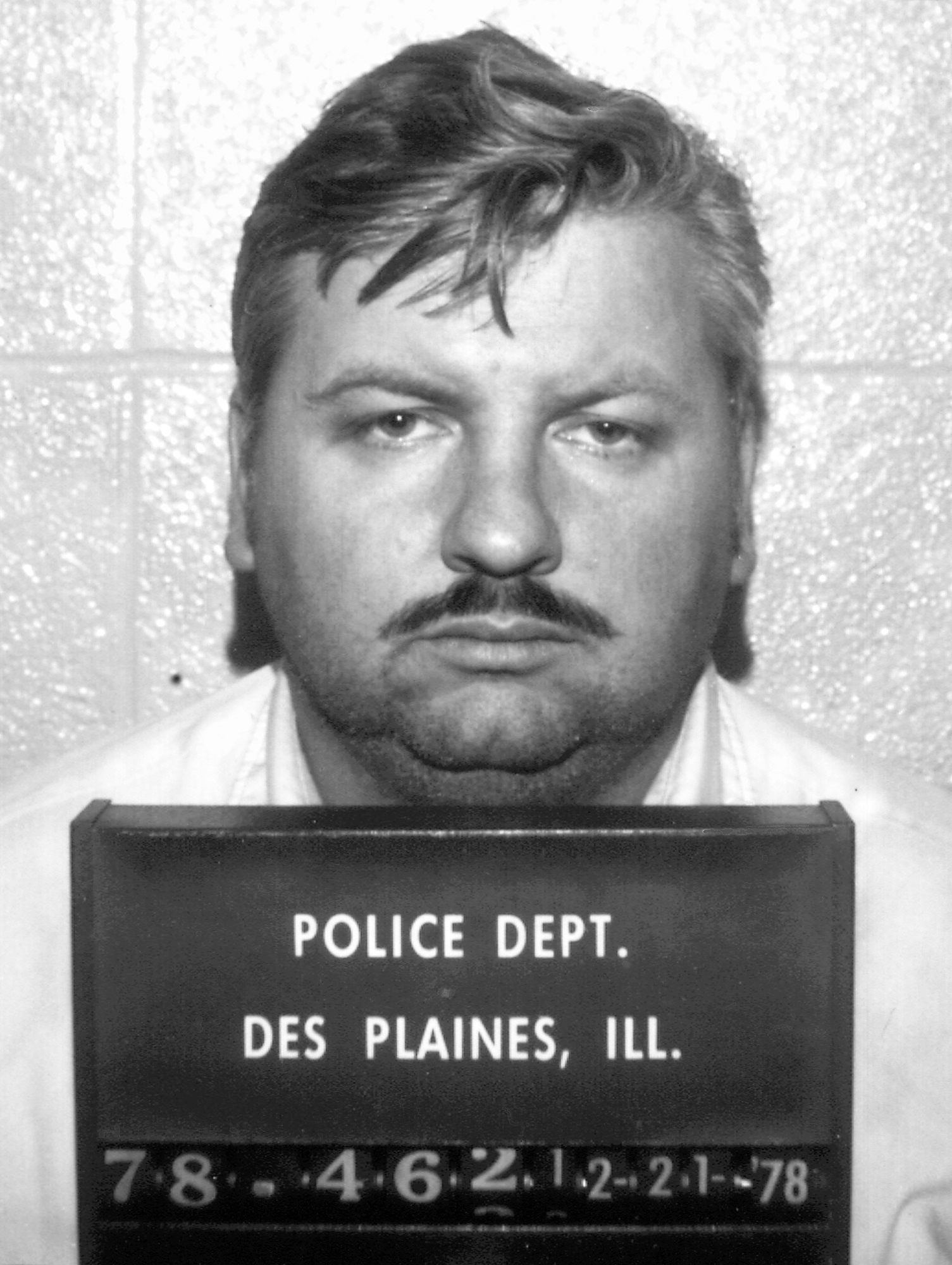
A successful businessman. A beloved community volunteer. A children's entertainer who dressed as a clown for charity events. And beneath his house, the bodies of 33 young men and boys. This is the story of how John Wayne Gacy fooled an entire community while operating one of the deadliest killing sprees in American history.
The Man Behind the Mask: John Wayne Gacy's Calculated Double Life
LISTEN TO AN EPISODE ABOUT GACY HERE.
When Respectability Becomes a Weapon: The John Wayne Gacy Case
There's this thing that happens when someone seems too normal, too integrated into the community, too successful to be capable of evil. People stop looking. They stop questioning. And that's exactly what John Wayne Gacy was counting on.
Between 1972 and 1978, at least 33 young men and boys were raped, tortured, and murdered by Gacy in the Chicago suburbs. But here's what made this case so disturbing beyond the body count. Gacy wasn't hiding in the shadows. He was right there in plain sight, hosting neighborhood block parties, running a successful construction business, and entertaining children as Pogo the Clown. He wasn't operating on the fringes of society. He was embedded in its very fabric.
John Wayne Gacy as "Pogo the Clown"
The Colonel's Fall from Grace
Before John Wayne Gacy became one of America's most prolific serial killers, he was climbing the ladder of success. We're talking about a guy who was married with two kids, managing three Kentucky Fried Chicken franchises, and earning enough money that people called him "The Colonel." He was active in the Jaycees, that charitable organization that's all about community service and leadership development. On paper, this man looked like the American dream personified.
Then in 1968, while living in Waterloo, Iowa, everything shifted. Gacy sexually assaulted a teenage boy. But here's where you can see the calculated nature of this man's thinking. When he realized he was about to get caught, he didn't just try to run or hide. He paid another teenager $300 to physically assault his victim, trying to intimidate the kid into not testifying against him. It failed. Gacy was arrested, pleaded guilty, and got sentenced to 10 years in prison.
Now, most people would see a 10-year sentence as a wake-up call, a moment to genuinely change. But Gacy saw it as a performance opportunity. He became what prison officials call a "model prisoner." He earned his GED. He got himself a service award from the inmate chapter of the Jaycees. He said all the right things, acted all the right ways, and convinced every professional evaluator that he was reformed, rehabilitated, ready to rejoin society.
And it worked. After serving only 18 months of that 10-year sentence, Gacy walked free in June 1970. That early release taught him something powerful and dangerous. If he could fool trained professionals in a high-security environment, fooling regular people in the outside world would be easy.
Building the Perfect Cover
Gacy moved back to the Chicago area, and within two years, he had reconstructed his entire life. He married his second wife, Carole Hoff, in 1972. He started a construction company called P-M Contractors. He bought a ranch-style house in Norwood Park Township. From the outside, he looked like a man who had learned from his mistakes and turned his life around.
But also in 1972, something else happened. Gacy murdered his first known victim, 16-year-old Timothy McCoy. And according to Gacy's own later statements, this killing unlocked something in him. He described experiencing what he called "the ultimate thrill" while listening to McCoy die. That phrase, "the ultimate thrill," became the driving force behind everything that followed.
Here's what made Gacy particularly dangerous. He understood that the best way to hide was to be visible. He didn't slink around at night wearing a ski mask. He threw neighborhood parties at his house. He got involved in local politics and actually ran for office. He dressed up as Pogo the Clown and performed at children's hospitals and charity events. He got so integrated into the Democratic Party's local scene that he ended up getting photographed with First Lady Rosalynn Carter.
Think about that for a second. This man was burying bodies under his house while simultaneously shaking hands with the First Lady of the United States. The more respectable he appeared, the less anyone would suspect him. It was psychological camouflage at its most effective.
The Hunting Ground
Gacy's construction business gave him the perfect luring mechanism. He targeted vulnerable young men, typically between 15 and 25 years old. He found them at bus stations, hitchhiking, or just hanging around neighborhoods. These were often kids who were transient, maybe estranged from their families, not in regular contact with anyone who would immediately report them missing.
He'd approach them with job offers. "Hey, I run a construction company. Need to make some quick money? Come by my house, we'll talk about it." It sounded legitimate because it was legitimate. He really did run a construction business. He really did hire young guys to work for him. That veneer of reality made the lie underneath so much more effective.
Once these young men were inside his house, Gacy had a routine. He'd offer them alcohol or drugs. Then came what he called "the magic trick." He'd pull out handcuffs and convince them to put them on as part of a demonstration or a joke. And that was it. Once those handcuffs clicked shut, these victims had no way to defend themselves.
What happened next was systematic torture. Gacy would rape them. He'd torture them. And then he'd kill them, usually by strangulation using a garrote, though his first victim was stabbed. After they were dead, he'd bury their bodies in the crawl space under his house or, when that filled up, he'd dump them in the nearby Des Plaines River.
The Acceleration
For the first few years, Gacy killed sporadically. He murdered Timothy McCoy in 1972, then only two more victims by the end of 1975. But in 1976, something changed. He divorced his second wife. And once that constraint was gone, once he didn't have to maintain even the appearance of a normal marriage, the murders accelerated dramatically.
Between 1976 and December 1978, Gacy killed at least 30 more victims. That's an average of more than one killing per month. The crawl space under his house became a mass grave. He dug trenches. He spread lime to manage the smell. When neighbors or his now ex-wife mentioned the terrible odor coming from under the house, he'd casually explain it away as moisture problems or sewage issues. He even had workers, including some of his young employees, help dig trenches in that crawl space. They had no idea they were literally standing on top of corpses.
This is where you can see the calculated nature of Gacy's thinking. He wasn't panicking about the bodies. He was managing them like a logistics problem. Use lime. Dig deeper. Spread concrete. Keep explaining away the smell. Keep hosting parties where dozens of neighbors would come over and never suspect a thing.
Sign up for the 10 Minute Murder newsletter.
When the Mask Cracks
On December 11, 1978, 15-year-old Robert Piest went missing. He'd told his mother he was going to talk to a contractor about a job. That contractor was John Wayne Gacy. But Robert's mother knew exactly where her son had gone, and when he didn't come back, she went straight to the police with a name.
This was different from Gacy's previous victims. Robert Piest came from a stable middle-class family who immediately reported him missing and gave police a specific lead. The investigation focused on Gacy almost immediately. Police started surveillance. They started digging into his background. And what they found was his 1968 conviction for sodomy in Iowa.
Gacy started acting erratic. He knew he was being watched. On December 21, 1978, he was arrested on a minor drug charge, which gave police more time to investigate. They obtained a search warrant for his house.
What they found defied comprehension. Bodies. Dozens of bodies. Buried in the crawl space, buried in the yard, hidden in the concrete. Eventually, investigators recovered 29 bodies from Gacy's property and four more from the Des Plaines River. The stench, which Gacy had explained away for years, was exactly what people had suspected all along but had been too polite or too trusting to pursue.
The Psychology of a Predator
So how does someone do this? How does a person live two completely separate lives, being a friendly neighbor by day and a sadistic killer by night?
Clinical psychologists who evaluated Gacy gave us some answers. He scored exceptionally high on the Psychopathy Checklist, getting 36 out of a possible 40 points. That's about as psychopathic as a person can get. He met every single criterion for what's called Dissocial Personality Disorder. This means he had a fundamental inability to feel empathy, a complete disregard for the wellbeing of others, and zero capacity for genuine remorse.
Gacy had this grandiose sense of self-importance. He genuinely believed he was smarter than everyone else, that he could outsmart the police, that he could keep killing indefinitely. That grandiosity fueled his political ambitions and his conviction that burying dozens of bodies under his house was a sustainable plan.
He was also a pathological liar. Lying wasn't something he did when necessary. It was how he existed in the world. Every interaction was a performance, a manipulation, a calculated move to get what he wanted or to protect himself from consequences.
And perhaps most disturbing, he showed what psychologists call "shallow affect." He could talk about the rapes, the torture, the murders without showing any genuine emotion. He'd joke about his victims. He'd discuss the mechanics of killing them with the same tone you'd use to describe fixing a car. That emotional emptiness allowed him to commit these horrific acts without the psychological distress that would stop a normal person.
The Trial and the Final Performance
When Gacy went to trial in 1980, his legal team tried an insanity defense. They argued he had multiple personalities. But here's where the prosecution dismantled that argument brilliantly. Gacy had confessed to 30 murders to his own attorneys before the trial. That confession showed clear awareness that what he'd done was criminal. Prosecutors also presented evidence suggesting Gacy had consulted with his lawyers before making statements about having multiple personalities, implying he was trying to manufacture an insanity defense.
In other words, even his "insanity" was calculated. Even his defense strategy was just another performance, another manipulation. The jury didn't buy it. On March 13, 1980, Gacy was sentenced to death.
He spent 14 years on death row. During that time, he gave interviews. He painted clown paintings that he sold. He maintained his innocence, blamed others, continued lying right up until the end. On May 10, 1994, John Wayne Gacy was executed by lethal injection at Stateville Correctional Center. He was 52 years old.
Floorplan drawn by Gacy showing victim locations
The Victims Who Lost Their Names
Here's something that makes this case even more heartbreaking. Five of Gacy's 33 victims remain unidentified to this day. For more than 40 years, these young men have been known only by numbers. Victim 5. Victim 10. Victim 13. Victim 19. Victim 28.
Why weren't they identified? Many of them were never reported missing. Some came from families who were estranged from them and didn't realize they'd disappeared. Others were traveling when Gacy killed them, so missing persons reports from distant jurisdictions never made it to Cook County investigators.
There's also a harder truth here. Many of Gacy's victims were young gay men or teenagers questioning their sexuality. In the 1970s, families sometimes chose not to report these young men missing due to prejudice. That silence, that stigma, allowed Gacy to operate longer than he should have.
In 2011, Cook County Sheriff Tom Dart reopened the investigation into the unidentified victims. Initially, eight victims remained unnamed. Through modern DNA technology, including genetic genealogy techniques, three have since been identified.
In 2021, Francis Wayne Alexander was identified as Victim 5. He was born in North Carolina in 1955, had moved to Chicago in February 1975 after getting married in New York, and divorced soon after. He worked at various bars and clubs in Chicago and was 21 or 22 years old when Gacy killed him sometime between early 1976 and early 1977.
Alexander's identification came through the work of the DNA Doe Project, a nonprofit organization that uses genetic genealogy to identify unknown deceased individuals. They compared DNA from a tooth found with the remains to profiles on genealogy websites, found potential relatives, and eventually connected with Alexander's family. His mother and a half-brother provided DNA samples that confirmed the match.
The Cook County Sheriff's Office continues working to identify the remaining five victims. They're asking anyone who had a male relative disappear between 1970 and 1979 in the Chicago area to contact them and provide DNA samples. The technology exists now to give these victims their names back. What's needed is family members willing to come forward.
The Legacy of Deception
The John Wayne Gacy case fundamentally changed how law enforcement and the public understand serial killers. Before Gacy, there was this assumption that monsters looked like monsters. They were loners, weirdos, people who stood out. Gacy proved that wasn't true. The most dangerous predators can be the ones who blend in perfectly, who everyone likes, who seem completely normal.
His case also exposed massive systemic failures. Police received multiple reports about young men disappearing after being seen with Gacy, but because Gacy was a well-respected businessman and local political figure, these reports weren't taken seriously. It wasn't until a middle-class white kid from a stable family disappeared that authorities launched a real investigation.
That's a tough thing to confront. How many lives could have been saved if police had taken earlier reports seriously? How many families could have gotten closure decades sooner if there hadn't been such stigma around the victims' identities and lifestyles?
There's also the uncomfortable reality of how Gacy's public persona functioned as both a psychological shield and an operational tool. Every party he hosted, every charity event he attended, every political meeting he participated in reinforced the idea that he was just a regular guy. And that social inoculation made it nearly impossible for anyone to suspect him.
The Questions That Remain
Even now, more than 40 years after Gacy's arrest, questions linger. Did he really kill only 33 people? Gacy himself gave contradictory numbers over the years. Are there other victims who were never found, never connected to him?
What about the people who worked for him, who visited his house, who must have noticed something was off? Were there signs that people missed, or were there signs that people saw but chose not to pursue because Gacy seemed so respectable?
And perhaps most disturbingly, how many other predators are out there right now, hiding behind respectable facades, counting on society's reluctance to suspect people who seem normal and integrated?
Remembering the Real Story
There's been renewed interest in the Gacy case recently. In October 2025, Peacock released an eight-episode limited series called "Devil in Disguise: John Wayne Gacy". But according to the show's creators, they made a deliberate choice. The series doesn't show any actual murders or violence on screen. Instead, it focuses on the victims' lives and the systemic failures that allowed Gacy's crimes to continue.
At the end of each episode, they show real photos of Gacy's victims, ensuring that the focus remains on the young men whose lives were stolen, not on the killer who took them.
That's the story that matters. Not the clown persona or the macabre details of how Gacy operated. What matters are the 33 young men and boys whose lives ended in that house. What matters are the five who still don't have their names back, who remain known only by numbers assigned during the investigation.
What matters is understanding how someone like Gacy was able to operate for six years, killing with increasing frequency, while neighbors, police, and the community saw him as a pillar of respectability. Because understanding how it happened is the only way to prevent it from happening again.
John Wayne Gacy wasn't a monster in the classic sense. He was a high-functioning psychopath who weaponized normalcy, who turned respectability into a shield, and who proved that the most dangerous predators aren't the ones lurking in dark alleys. They're the ones hosting the block party, running the local business, entertaining kids at the hospital fundraiser.
They're hiding in plain sight. And that's what makes cases like this so deeply, fundamentally disturbing.

